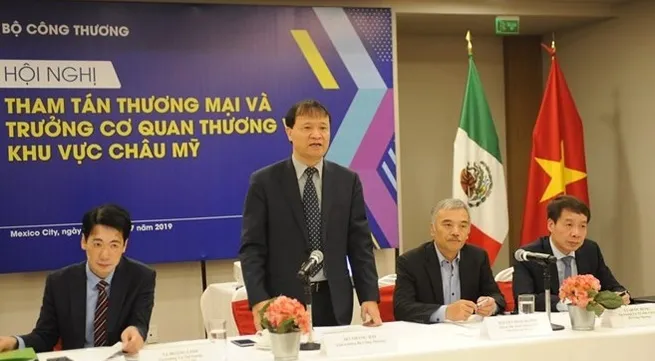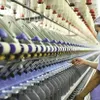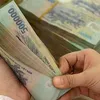Vietnam seeks to boost trade with American region

The event gathered envoys, commercial counselors and heads of Vietnam trade offices in the region.
Participants reviewed regional economic and trade trends and their impact on Vietnam, and discussed market development measures for the 2019 – 2020 period, including studying markets and building new economic, trade and industrial cooperation frameworks.
Speaking at the event, Deputy Minister of Industry and Trade Do Thang Hai said Vietnam is giving priority to expanding all-around ties with regional countries in politics, diplomacy, economy and trade.
He added that when Vietnam joins free trade agreements with American countries such as the Comprehensive and Progressive Agreement for Trans-Pacific Partnership, the Vietnam – Chile Free Trade Agreement, and the upcoming Vietnam – Mercosur preferential trade agreement, the ministry and trade offices abroad must perform important tasks of proposing mechanisms and policies to capitalize on the deals and promoting Vietnam’s entry to regional and global value chains.
Hai added that the ministry will build dynamic trade offices abroad in service of businesses.
Vietnamese Ambassador to Mexico Nguyen Hoai Duong also vowed all possible support for trade offices to fulfill their assigned tasks, contributing to reinforcing bilateral economic, trade and investment ties.
Concluding the event, Hai urged trade offices to rally resources to help the ministry meet targets assigned by the National Assembly and the Government for this year as well as assist firms in coping with trade protection measures against Vietnam’s exports.
Two-way trade between Vietnam and American countries hit US$ 58.03 billion last year, up 11.4 percent from 2017, US$ 37.7 billion, in which Vietnam enjoyed a trade surplus. The figure rose by 23.53 percent to US$ 35.53 billion in the first five months of this year, of which US$ 26.35 billion was exports, up 26.71 percent, while the remaining was imports, up US$ 17.91 billion.
Vietnam’s major currency earners included electronics, apparel, leather and footwear, seafood, machinery, animal feed while the country mostly imported equipment, production materials, cotton and several farm produce.





